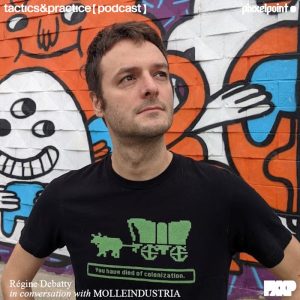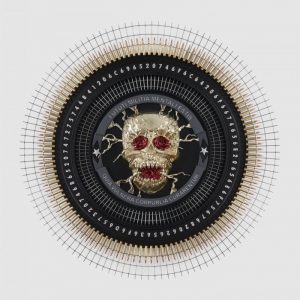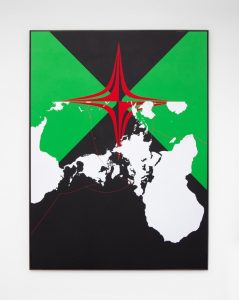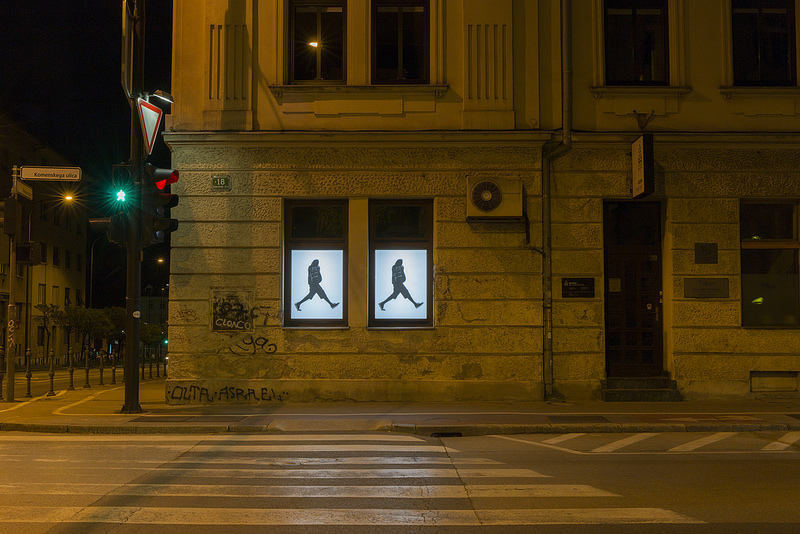
Jeremy Hutchison, Movables, 2017. Exhibition view of Transnationalisms – Bodies, Borders, and Technology at Aksioma Project Space. Photo: Miha Fras / Aksioma
National borders are being increasingly challenged under the pressure of mass movement of peoples, digital maneuvers and other technology-enabled disruptions, climate disorder, progressive policies or global economics. This new reality brings about tensions and anxieties but also new ways to consider questions of geography, politics and national identity.
Transnationalisms, an exhibition and symposium curated by James Bridle at Aksioma in Ljubljana, investigates the various conditions in which national frameworks are transcended and transgressed today.
While the nation state is not about to disappear, it is already pierced and entangled with other, radically different forms. Alternative models and protocols of citizenship, identity and nationhood are being prototyped and distributed online and through new technologies. Transnationalisms examines the ways in which these new forms are brought into the physical world and used to disrupt and enfold existing systems. It does not assume the passing of old regimes, but proclaims the inevitability of new ones, and strives to make them legible, comprehensible, and accessible.
Transnationalism is a poignant and challenging theme to explore in 21st century “Fortress Europe”. Yet, as the artists featured in the exhibition demonstrate, it is also a topic that calls for creative sabotage and digital trespassing.
Here’s a quick overview of the show:
Daniela Ortiz, Jus Sanguinis, 2016
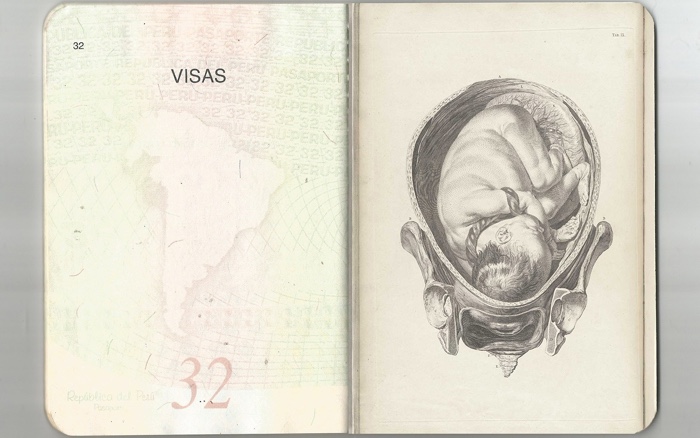
Daniela Ortiz, Jus Sanguinis (Collage of Peruvian passport and medical book illustration), 2016
Jus soli, the “right of the soil, is the right of anyone born in the territory of a state to nationality or citizenship. Jus soli is the predominant rule in the Americas, but it is rare elsewhere. European countries, for example, do not grant citizenship based on unconditional jus soli. Instead, most of them grant citizenship at birth based upon the principle of Jus sanguinis, meaning ‘the right of the blood’. The main way children can thus acquire citizenship is thus through the blood of at least one of their parents and not by birthplace.
Daniela Ortiz is an artist of Peruvian descent. In 2016, she had been living in Spain for 9 years when she found herself pregnant. She knew her residency permit would expire before the birth and that her baby would inherit her nationality and legal status. During a performance that year, Ortiz received a blood transfusion from a Spanish citizen, directly challenging the nationalist regime of citizenship which would classify her child as an immigrant and automatically submit him or her to the violence of Immigration laws.
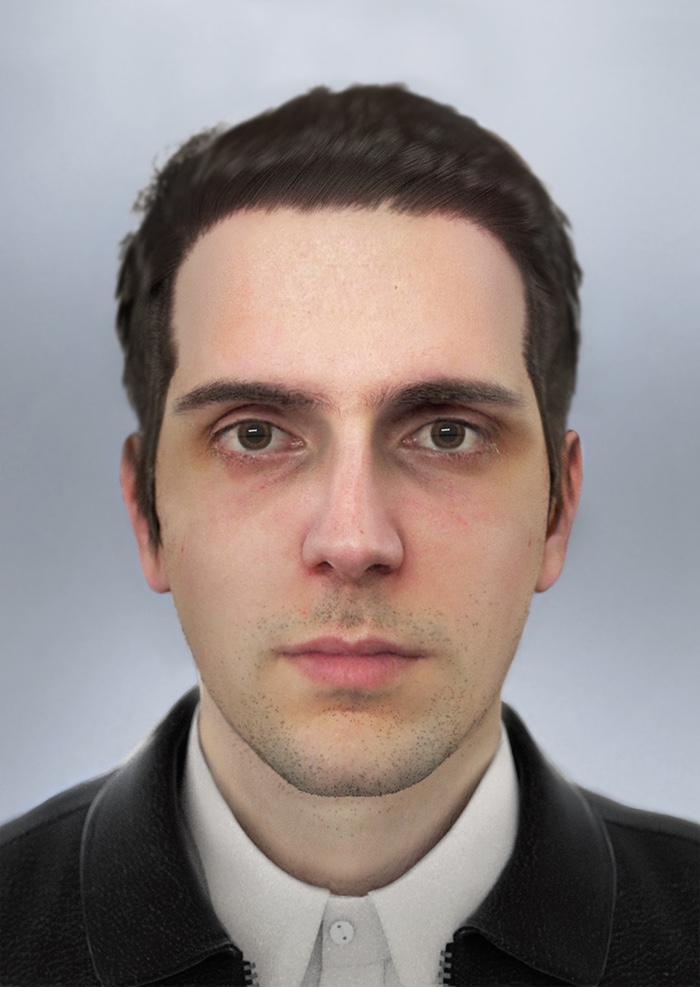
Raphael Fabre, CNI, 2017
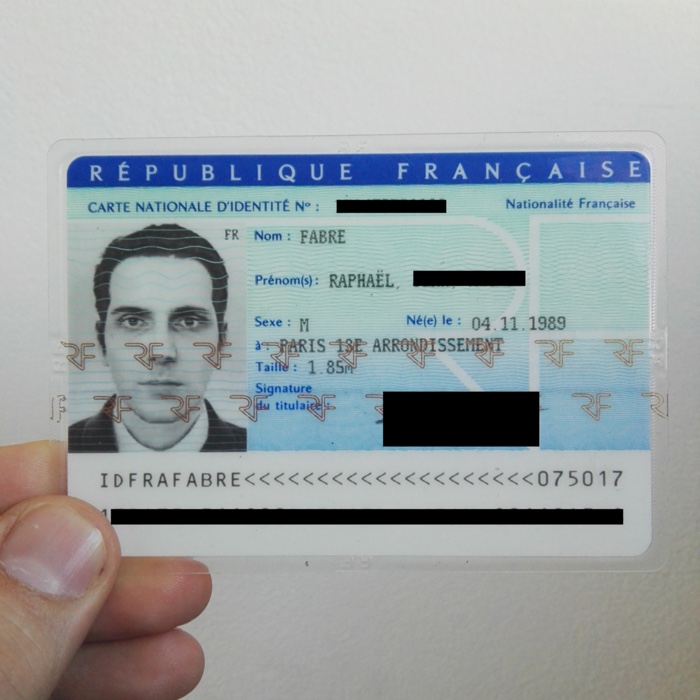
Raphael Fabre, CNI, 2017
Last year, Raphael Fabre presented a request for a new French ID card. All of his papers were deemed to be legal and authentic. The ID card was issued. What makes his ID card uncommon is that the photo the artist had submitted to his local government was created on a computer, from a 3D model, using several pieces of software and special effects techniques developed for movies and video games. The official document is thus featuring a citizen which is practically virtual and fictional.
The work reflects the increased importance that digital technology takes in mediating our relationship with forms of authority.
CNI reminded me a bit of Hiroshi Sugimoto’s series Portraits for which he photographed Madame Tussaud’s wax replicas of iconic historical and political figures. Just like in the case of Fabre, the setting was meticulously staged and the result adhered strictly to the rules of the portrait genres. In both cases, however, the hyperrealistic images add an extra manufactured layer to the representation of an individual.
Julian Oliver, Border Bumping, 2012-2014
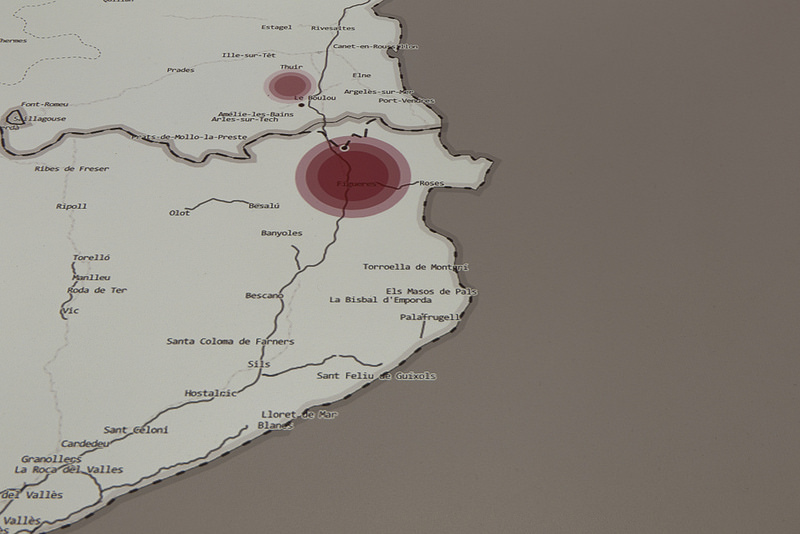
Julian Oliver, Border Bumping, 2012-2014. Exhibition view of Transnationalisms – Bodies, Borders, and Technology at Aksioma Project Space. Photo: Janez Janša / Aksioma
You might have noticed, when traveling in Europe, that your mobile phone operator sometimes notifies you that you’ve entered a new country minutes before or after you have actually crossed the national border. Your phone is in one place, your body in another. When active, Julian Oliver’s Border Bumping phone app collected mobile phone tower and location data to map the ways in which the electromagnetic spectrum defies the integrity of national borders.
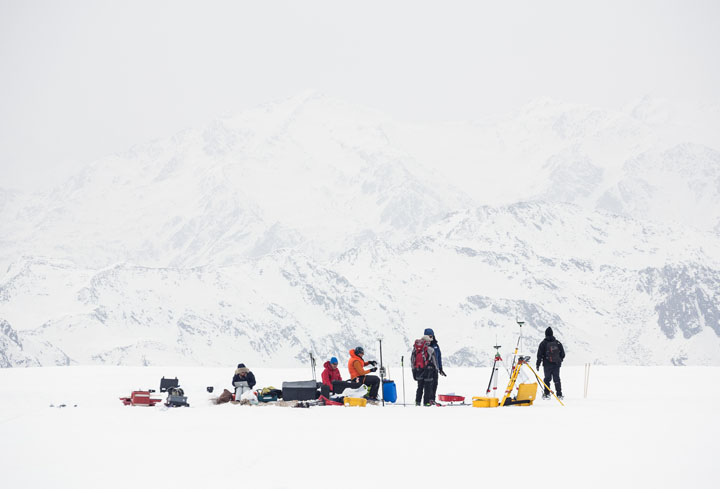
Folder group, Italian Limes, 2016
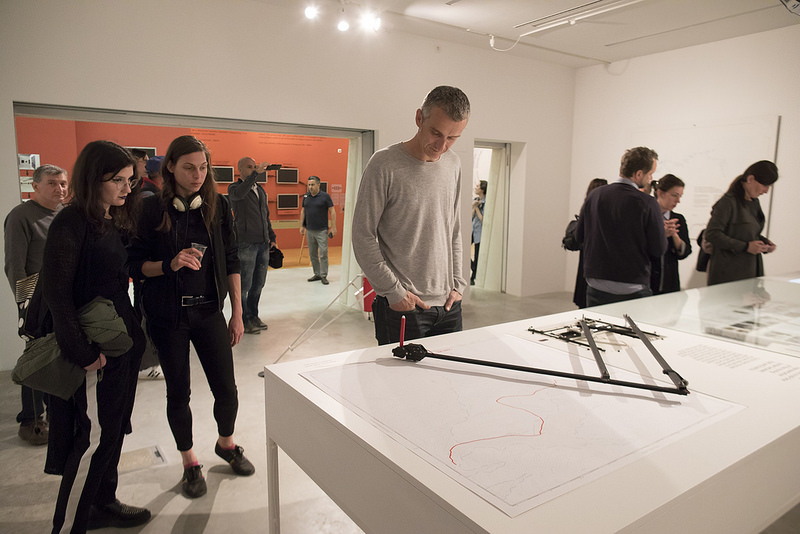
Folder group, Italian Limes at the Museum of Contemporary Art Metelkova in Ljubljana. Photo: Miha Fras / Aksioma
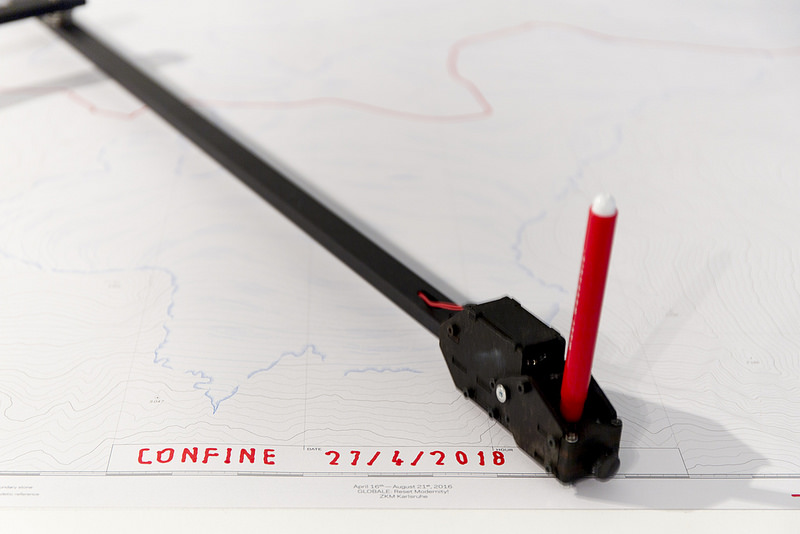
Folder group, Italian Limes at the Museum of Contemporary Art Metelkova in Ljubljana. Photo: Janez Janša / Aksioma
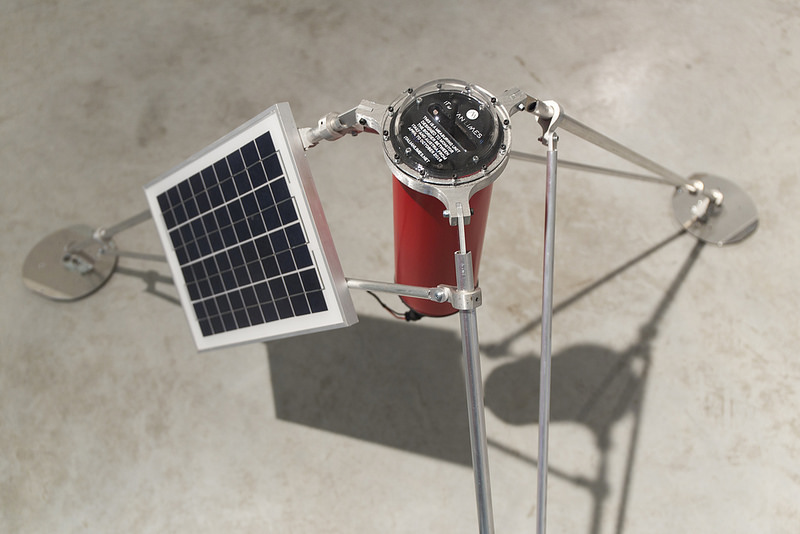
Folder group, Italian Limes at the Museum of Contemporary Art Metelkova in Ljubljana. Photo: Janez Janša / Aksioma
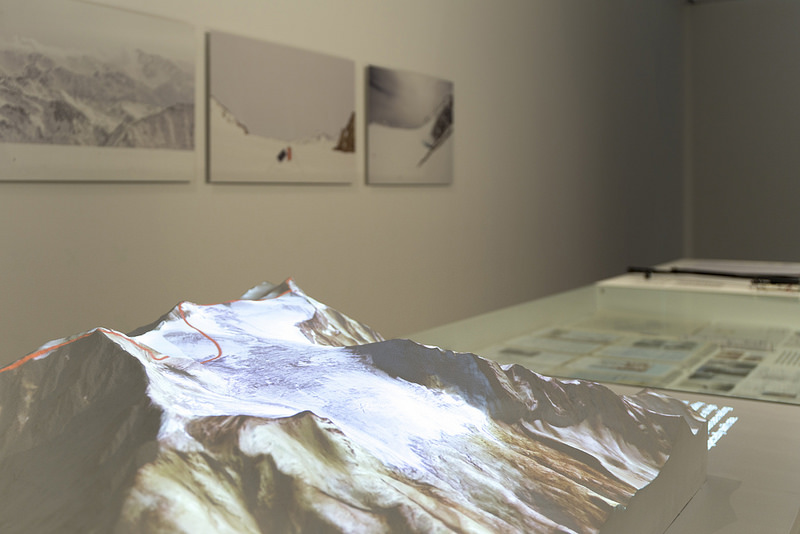
Folder group, Italian Limes at the Museum of Contemporary Art Metelkova in Ljubljana. Photo: Janez Janša / Aksioma
Italy set its borders as we know them today in 1861 when the country became officially united. Global warming, however, have recently caused these borders to shift. The rise in the average temperature have resulted in the slow melting of the Alpine glaciers that marked out the frontier between Italy and its neighbours. Rather than deciding on a precise redrawing of its national frontiers, the Italian government made the interesting decision of defining its Alpine borders as ‘movable’. They can shift depending on the location of the watershed and how it is affected by ice melt.
The project Italian Limes (limes is the latin word for ‘border’ or ‘boundary’) monitors the fluctuations of a section of the Alpine border in real time. A couple of years ago, the team installed a series of solar-powered devices on the melting ice sheet at the foot of Mt. Similaun, on the Austrian-Italian border. The measurement units tracked the change in the tridimensional geometry of the glacier.
The GPS sensors are linked by satellite to the pantograph in the exhibition space. The instrument graphically reproduce, hour by hour, the shift in the border prompted by the glacier’s movement and shrinkage on a local map. The shift in natural border and by extension the reality of climate disruption become visible to all.
More works and images from the exhibition:
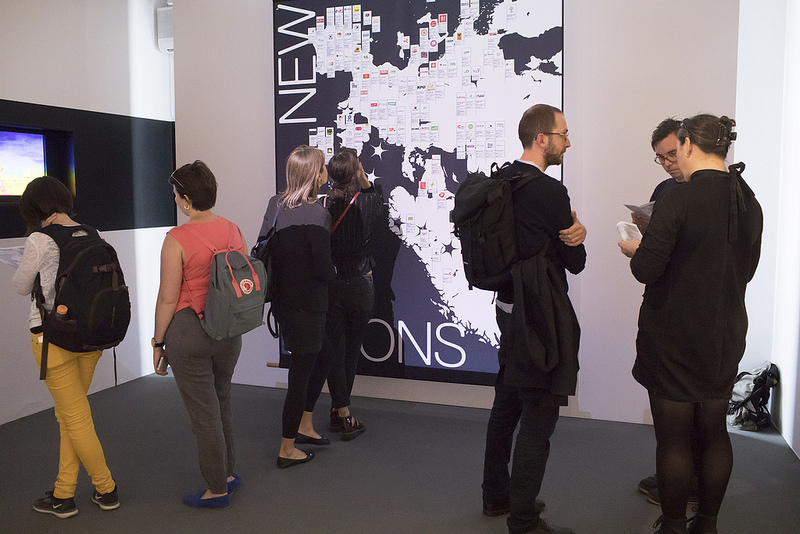
Jonas Staal, New Unions – Map, First draft, 2016. Exhibition view of Transnationalisms – Bodies, Borders, and Technology at Aksioma Project Space. Photo: Miha Fras / Aksioma
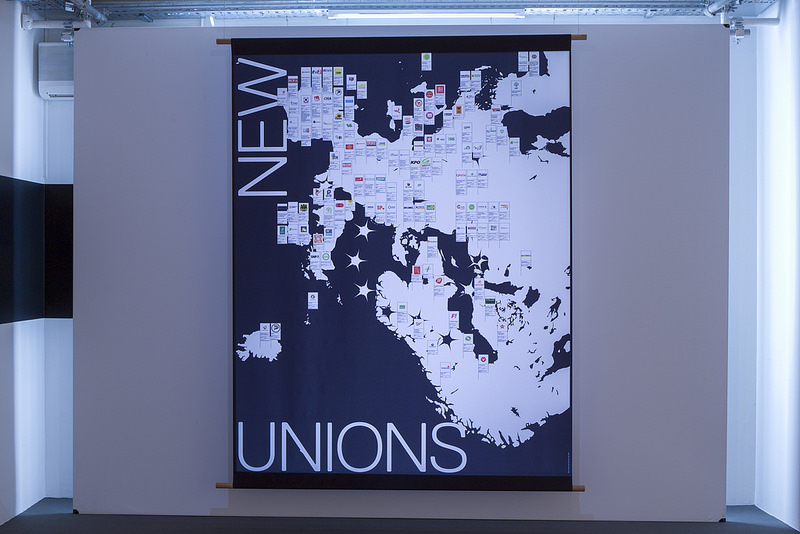
Jonas Staal, New Unions – Map, First draft, 2016. Exhibition view of Transnationalisms – Bodies, Borders, and Technology at Aksioma Project Space. Photo: Janez Janša / Aksioma
Jonas Staal’s New Unions maps the emergence of social movements and new political parties which are creating progressive models of political assembly and decision making in Europe while proposing new forms of transdemocratic practices. These political experiments transcend the boundaries of nation states, just like corporations do but with more ethical and humanistic values.
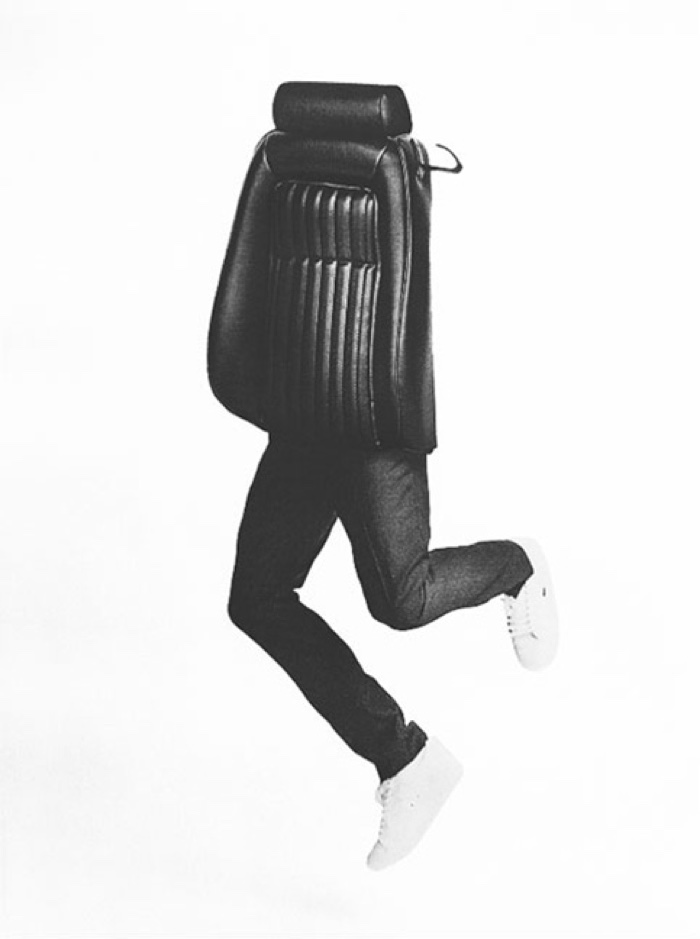
Jeremy Hutchison, Movables, 2017
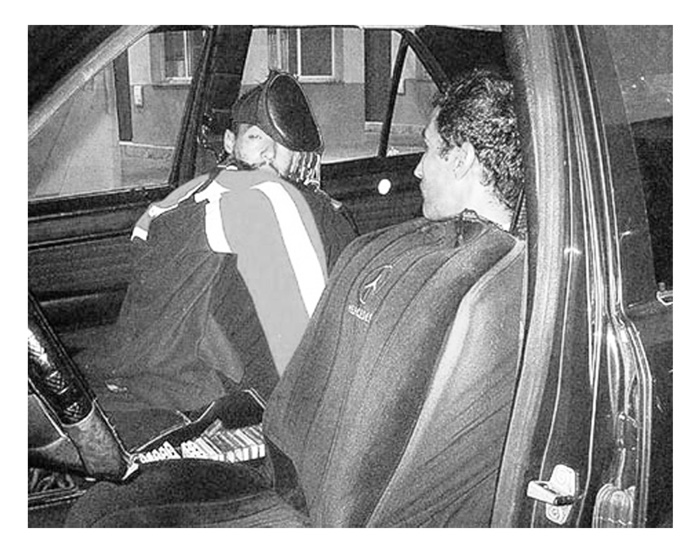
Photo: The immigrants stuffed into car seats and under bonnets trying to get into Europe
Jeremy Hutchison’s work was triggered by a photo showing the inside of a car, the headrests torn open to reveal a person hiding inside each seat. The photo, taken by police at a border point somewhere in the Balkans, testifies to a reality where human bodies attempt to disguise themselves as inanimate objects, simply to acquire the same freedom of movement as consumer goods.
They Are Here, We Help Each Other Grow, 2017
Thiru Seelan, a Tamil refugee who arrived in the UK in 2010 following detention in Sri Lanka during which he was tortured for his political affiliations, dances on an East London rooftop. His movements are recorded by a heat sensitive camera more conventionally often used to monitor borders and crossing points, where bodies are identified through their thermal signature.
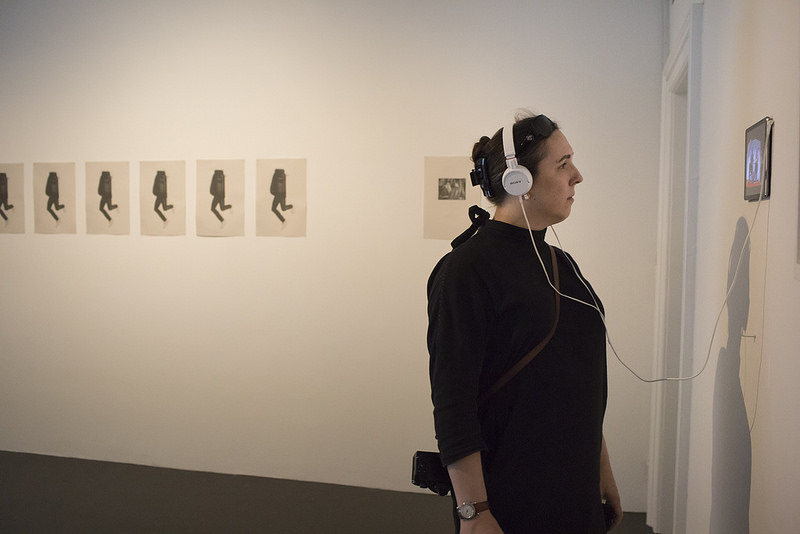
Exhibition view of Transnationalisms – Bodies, Borders, and Technology at Aksioma Project Space. Photo: Miha Fras / Aksioma
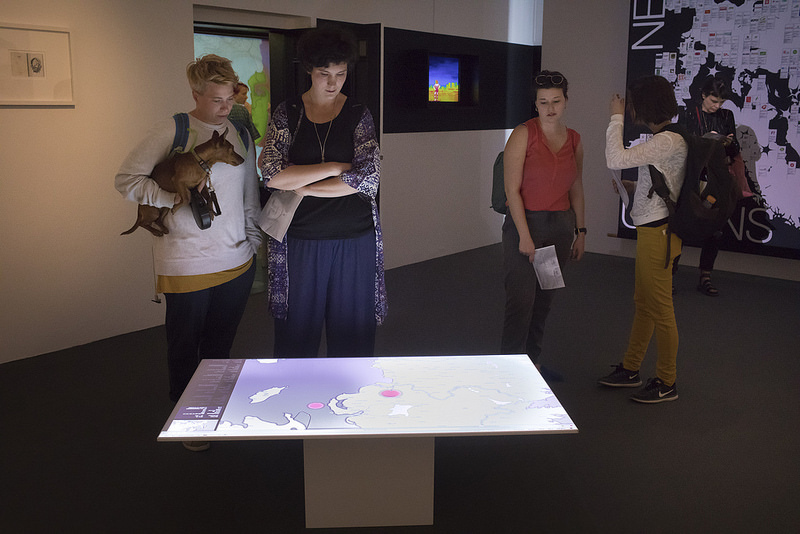
Exhibition view of Transnationalisms – Bodies, Borders, and Technology at Aksioma Project Space. Photo: Miha Fras / Aksioma
Transnationalisms – Bodies, Borders, and Technology, curated by James Bridle, remains open at Aksioma Project Space in Ljubljana and at the Museum of Contemporary Art Metelkova until 25 May 2018.
This program is realized in the framework of State Machines, a joint project by Aksioma (SI), Drugo more (HR), Furtherfield (UK), Institute of Network Cultures (NL) and NeMe (CY).
Related story: The System of Systems: technology and bureaucracy in the asylum seeking process in Europe.

